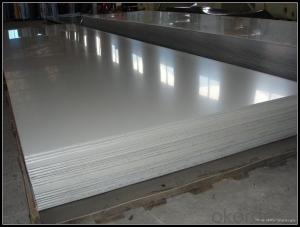Mill Finish Aluminium Flat Plate 5 Series Alloy for Marine Boat
- Loading Port:
- Shanghai
- Payment Terms:
- TT OR LC
- Min Order Qty:
- 5 m.t.
- Supply Capability:
- 10000 m.t./month
OKorder Service Pledge
OKorder Financial Service
You Might Also Like
Item specifice
1. Specification of Mill Finish Aluminium Flat Plate 5 Series Alloy for Marine Boat
Alloy Number | AA1XXX,AA3XXX,AA5XXX |
Temper | H12, H14, H16, H18, H22, H24, H26, H32, HO, F |
Thickness | 0.1mm – 500mm |
Width | 10mm- 2200mm |
Standard | GB/T3880-2006, ASTM, ISO, EU standard |
2. Application of Mill Finish Aluminium Flat Plate 5 Series Alloy for Marine Boat
Transfporation, vehicle, antiskid plate,toolbox,canopy body,
3. Feature of Mill Finish Aluminium Flat Plate 5 Series Alloy for Marine Boat
Surfact Quality :
Be free from Oil Stain, Dent, Inclusion, Scratches, Stain, Oxide Dicoloration, Breaks, Corrosion, Roll Marks, Dirt Streaks and other defect which will interfere with use,
Mechenical Property:
Chemical Composite and Mechanical Property
4. Certificate:
SGS and ROHS(if client request, paid by client), MTC(plant provided), Certificate of Origin(FORM A, FORM E, CO), Bureau Veritas and SGS (if client request, paid by client), CIQS certificate
5. Image of Mill Finish Aluminium Flat Plate 5 Series Alloy for Marine Boat
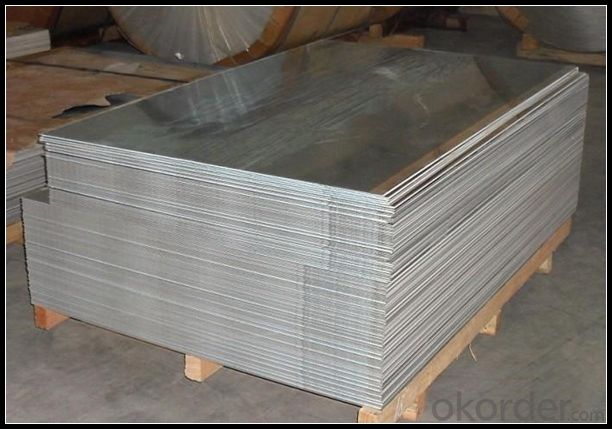
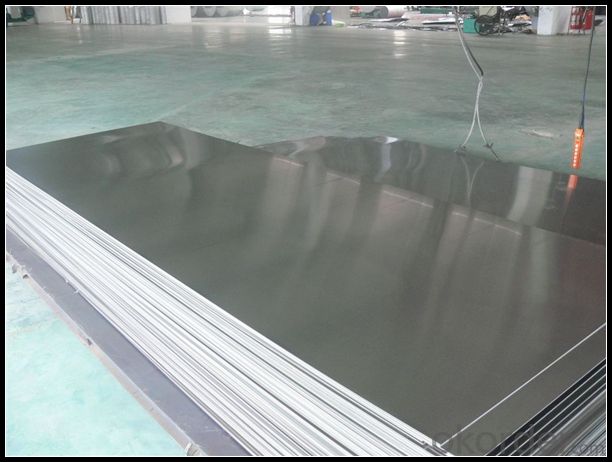
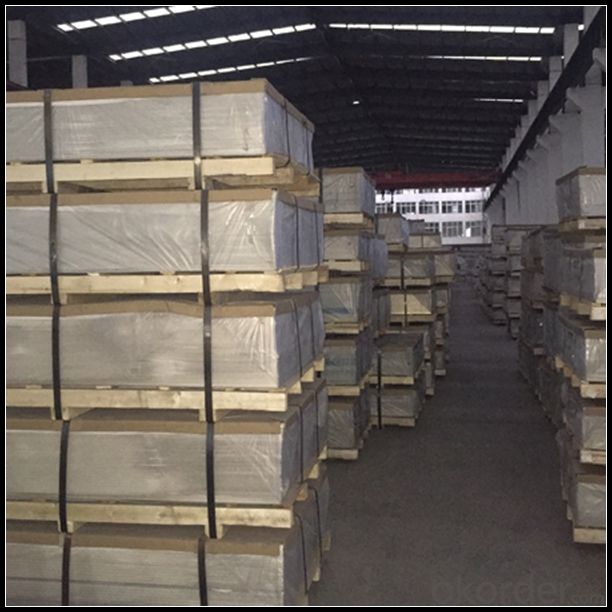
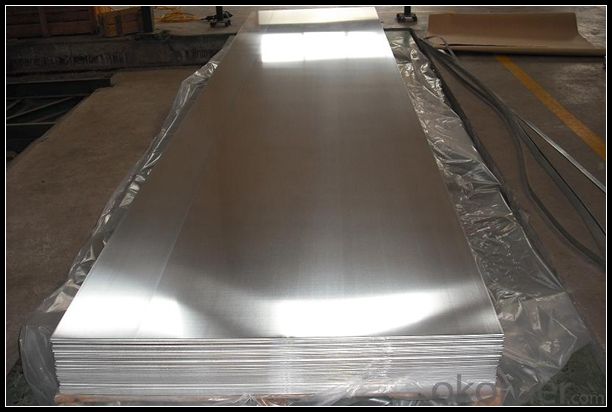
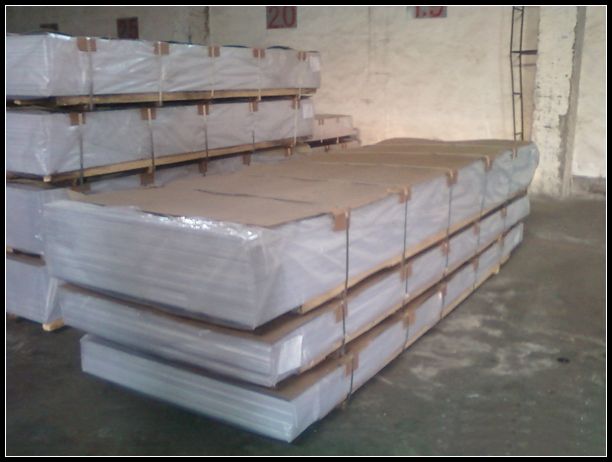
6. Package and shipping of Mill Finish Aluminium Flat Plate 5 Series Alloy for Marine Boat
First, plastic cloth with drying agent inside; Second, Pearl Wool ; Third, wooden cases with dry agent , fumigation wooden pallets, aluminum surface could cover blue PVC film
7. FAQ
1) What is the delivery time?
Dpends on actual order, around 20 to 35 days
2)What is the QC system:
We have QC staff of 20 persons and advanced equipment, each production is with MTC traced from Aluminum ingot lot.
3) What market do you mainly sell to?
Australia, America, Asia, Middle East, Western Europe, Africa etc
- Q:I need to fix some connections at my dad's house. The original wiring is aluminum, but the newer stuff he did is copper. Simple wire nuts will not suffice. Already had one melted one. I need to fix the connections, but need an economical, safe way of doing it. Suggestions?
- Replace all the wires into copper. Risk of fire as copper joints with aluminum or cause intermittent problem use on heavy current load. Because copper twists joint with aluminum create thermo effect. Aluminum wire was abandoned for house wiring long long time ago.
- Q:How does the surface treatment affect the corrosion resistance of aluminum sheet?
- Enhancing the corrosion resistance of aluminum sheet is greatly influenced by its surface treatment. Aluminum itself possesses inherent corrosion resistance due to the formation of a thin oxide layer on its surface. However, this oxide layer may not always be sufficient in safeguarding the metal against aggressive environments or harsh conditions. To significantly improve the corrosion resistance of aluminum sheet, various surface treatments such as anodizing, chromating, or painting can be employed. Anodizing involves the creation of a controlled oxide layer on the aluminum's surface through an electrochemical process. This layer exhibits high resistance to corrosion and effectively protects the metal from various corrosive agents. On the other hand, chromating involves the application of a chromate conversion coating that forms a thin film on the aluminum surface. This coating acts as a barrier, preventing the penetration of corrosive substances and subsequent oxidation. Additionally, it enhances the adhesion of subsequent paint or adhesive layers. Painting is another commonly utilized surface treatment for aluminum sheets. By applying a paint layer, the metal is not only shielded from corrosion but also acquires an aesthetically pleasing finish. The paint functions as a physical barrier that safeguards the aluminum against moisture, chemicals, and other corrosive elements. The selection of the appropriate surface treatment depends on the specific application and the desired level of corrosion resistance. Anodizing is often preferred in construction, automotive, and aerospace industries as it provides exceptional corrosion protection and enhances the appearance of the metal. Chromating is commonly utilized in electrical and electronic applications, as it offers both corrosion resistance and electrical conductivity. Painting is suitable for applications where both aesthetics and corrosion protection are of equal importance, such as architectural elements or consumer products. In conclusion, the corrosion resistance of aluminum sheet is significantly influenced by its surface treatment. Anodizing, chromating, and painting all contribute to enhancing the protective properties of aluminum against corrosion, thereby extending its lifespan and ensuring its durability in various environments.
- Q:Aluminum does not react with oxygen.Aluminum is a very unreactive metal.Aluminum forms a tough protective coating with oxygen.Aluminum tarnishes instead of corroding.If you could explain why it would be helpful!
- Aluminum forms a tough protective coating with oxygen. The coating of aluminum oxide is not porous enough to let further oxygen through it, so the aluminum underneath is protected from further corrosion.
- Q:What are the different types of alloys used in aluminum sheets?
- There are several different types of alloys used in aluminum sheets, each offering unique properties and benefits. Some of the most common alloys include: 1. 3003 alloy: This alloy is commonly used in general-purpose applications due to its excellent formability, corrosion resistance, and weldability. It is often used for cooking utensils, signage, and chemical equipment. 2. 5052 alloy: Known for its high strength and good corrosion resistance, the 5052 alloy is commonly used in marine and automotive applications. It is also used for sheet metal fabrication and structural components. 3. 6061 alloy: This alloy is highly versatile and is used in a wide range of applications, including aerospace, automotive, and structural components. It offers excellent strength, machinability, and weldability. 4. 7075 alloy: Primarily used in aerospace and high-strength applications, the 7075 alloy is known for its exceptional strength-to-weight ratio. It is often used in aircraft fittings, gears, and bike frames. 5. 2024 alloy: Another popular alloy in aerospace applications, the 2024 alloy boasts a high strength-to-weight ratio and excellent fatigue resistance. It is commonly used for aircraft structures, bolts, and rivets. 6. 5083 alloy: This alloy is specifically designed for marine applications due to its outstanding corrosion resistance and high strength. It is often used for boat hulls and structural components. These are just a few examples of the various alloys used in aluminum sheets. Each alloy has its own unique combination of properties, allowing it to excel in specific applications.
- Q:This is kind of odd, but if a volcano erupted and the lava dripped into an aluminum can, would the can melt? Would the lava harden and cool in it?
- Aluminum cans melt at about 1220 F. Lava is about 1300F to 2400F. The can would melt into the lava.
- Q:Can aluminum sheets be used for reflective insulation?
- Indeed, reflective insulation can make use of aluminum sheets. With their high reflectivity and impressive thermal conductivity, aluminum proves to be an exceptional option for effectively reflecting heat and minimizing heat transfer. By employing aluminum sheets as insulation, heat can be effectively redirected away from the surface, effectively preventing its entry or escape from the desired space. This proves to be advantageous in maintaining a cozy temperature indoors or safeguarding delicate equipment against extreme temperatures. Moreover, the lightweight nature and ease of installation of aluminum sheets further contribute to their popularity in reflective insulation applications.
- Q:What are the different methods for finishing the edges of aluminum sheets?
- There are several methods for finishing the edges of aluminum sheets, depending on the desired outcome and application. One common method is edge trimming, which involves removing excess material from the edges of the sheet to achieve a smooth and straight edge. This can be done using various tools such as shears, saws, or routers. Another technique is edge deburring, which is used to remove any sharp or rough edges left after cutting. This is often done using sanding or grinding tools to smooth out the edges and create a more polished finish. Additionally, edge rolling is a method used to create rolled or rounded edges on aluminum sheets. This can be achieved through a rolling machine that applies pressure to the edges, bending them to the desired shape. For a more decorative finish, edge profiling can be employed. This involves using specialized tools or machines to create custom edge shapes or designs on the aluminum sheet. It allows for unique and aesthetically pleasing edges that can enhance the overall appearance of the sheet. Lastly, edge painting or coating is an option to consider. This process involves applying a protective or decorative paint or coating to the edges of the aluminum sheet. This not only provides a finished look but also helps to protect the edges from corrosion or other damage. Overall, the choice of method for finishing the edges of aluminum sheets depends on factors such as the intended use, desired appearance, and specific requirements of the project.
- Q:Are the aluminum sheets suitable for electrical conductivity applications?
- Yes, aluminum sheets are suitable for electrical conductivity applications.
- Q:What are the different methods of surface embossing aluminum sheets?
- There are several different methods of surface embossing aluminum sheets, each with its own unique process and outcome. Some of the most commonly used methods include: 1. Mechanical Embossing: This method involves using mechanical tools, such as rollers or presses, to create patterns or designs on the surface of the aluminum sheet. The sheet is passed through the rollers or pressed against a patterned surface, which impresses the design onto the metal. Mechanical embossing is often used for creating repetitive patterns, such as diamond or checkerplate patterns. 2. Chemical Embossing: This technique involves using chemical etching or engraving to create patterns on the aluminum sheet. A chemical solution is applied to the surface of the metal, which selectively etches away the desired areas, leaving behind the embossed pattern. Chemical embossing allows for more intricate and detailed designs to be created on the aluminum sheet. 3. Heat Embossing: Heat embossing is a method that involves using heat to create embossed designs on the aluminum sheet. A heated die or stamp is pressed against the surface of the metal, causing it to deform and create the desired pattern. Heat embossing is commonly used for creating raised logos or text on aluminum sheets. 4. Laser Embossing: Laser embossing utilizes laser technology to create embossed designs on aluminum sheets. A laser beam is directed onto the surface of the metal, vaporizing or melting away the desired areas to create the embossed pattern. Laser embossing offers high precision and allows for the creation of intricate and complex designs. 5. Roll Embossing: Roll embossing is a method where the aluminum sheet is passed through a series of engraved rolls, which impress the desired pattern onto the metal. Each roll has a different pattern or design, allowing for a variety of embossed finishes to be achieved. Roll embossing is commonly used for creating textured or decorative finishes on aluminum sheets. Overall, the different methods of surface embossing aluminum sheets provide a range of options for creating unique and visually appealing designs. The choice of method depends on the desired outcome, complexity of the design, and the specific requirements of the project.
- Q:Are aluminum sheets suitable for chemical processing?
- Yes, aluminum sheets are suitable for chemical processing due to their excellent corrosion resistance, high thermal conductivity, and lightweight properties. They can be effectively used for various chemical applications such as containers, piping, and heat exchangers.
1. Manufacturer Overview |
|
|---|---|
| Location | |
| Year Established | |
| Annual Output Value | |
| Main Markets | |
| Company Certifications | |
2. Manufacturer Certificates |
|
|---|---|
| a) Certification Name | |
| Range | |
| Reference | |
| Validity Period | |
3. Manufacturer Capability |
|
|---|---|
| a)Trade Capacity | |
| Nearest Port | |
| Export Percentage | |
| No.of Employees in Trade Department | |
| Language Spoken: | |
| b)Factory Information | |
| Factory Size: | |
| No. of Production Lines | |
| Contract Manufacturing | |
| Product Price Range | |
Send your message to us
Mill Finish Aluminium Flat Plate 5 Series Alloy for Marine Boat
- Loading Port:
- Shanghai
- Payment Terms:
- TT OR LC
- Min Order Qty:
- 5 m.t.
- Supply Capability:
- 10000 m.t./month
OKorder Service Pledge
OKorder Financial Service
Similar products
New products
Hot products
Related keywords
